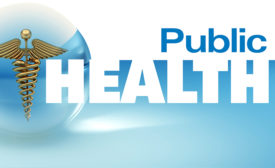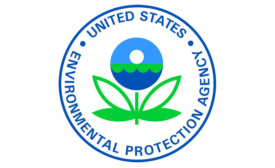Workplace Health
CDC gives U.S. schools a good grade in health
More fruits and vegetables offered -- less sodium used
August 28, 2015
Where you live in U.S. affects your chances of dying from cancer
Appalachia, Southern states at highest risk
August 26, 2015
NIH analysis: Americans are in pain
Report examines the prevalence, severity, and duration of pain
August 14, 2015
Never miss the latest news and trends driving the safety industry
eNewsletter | Website | eMagazine
JOIN TODAYCopyright ©2024. All Rights Reserved BNP Media.
Design, CMS, Hosting & Web Development :: ePublishing






